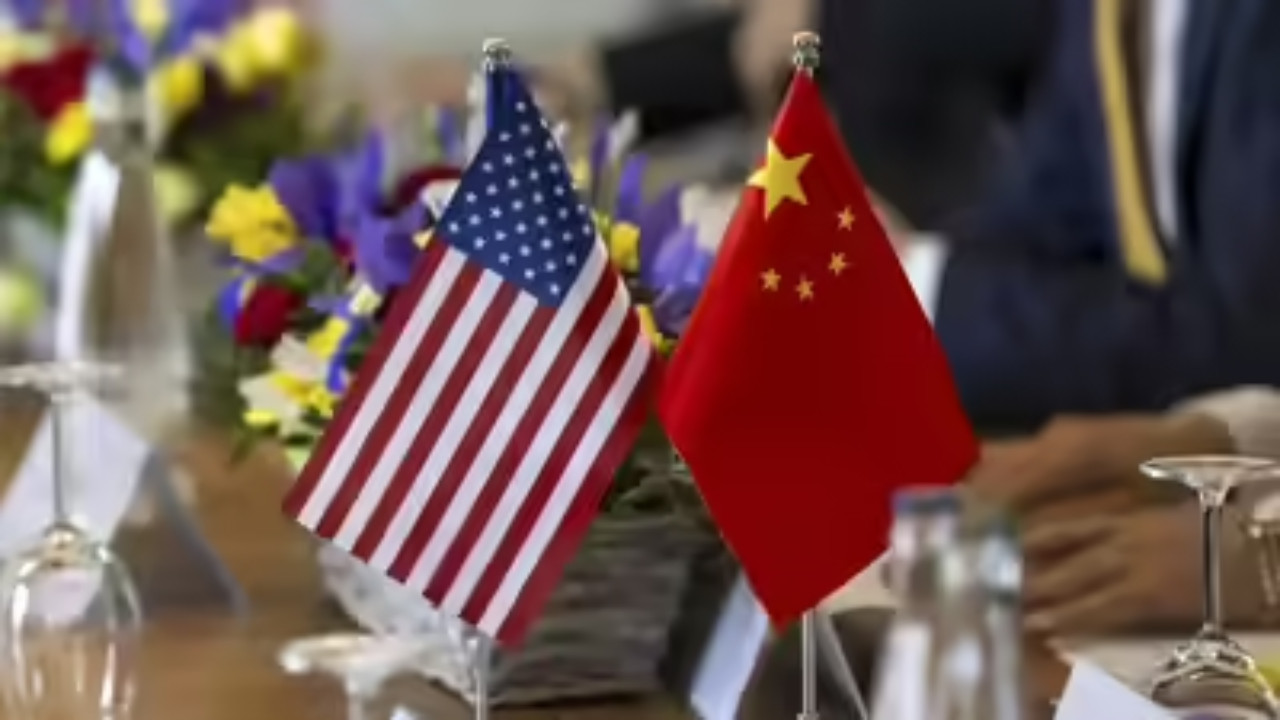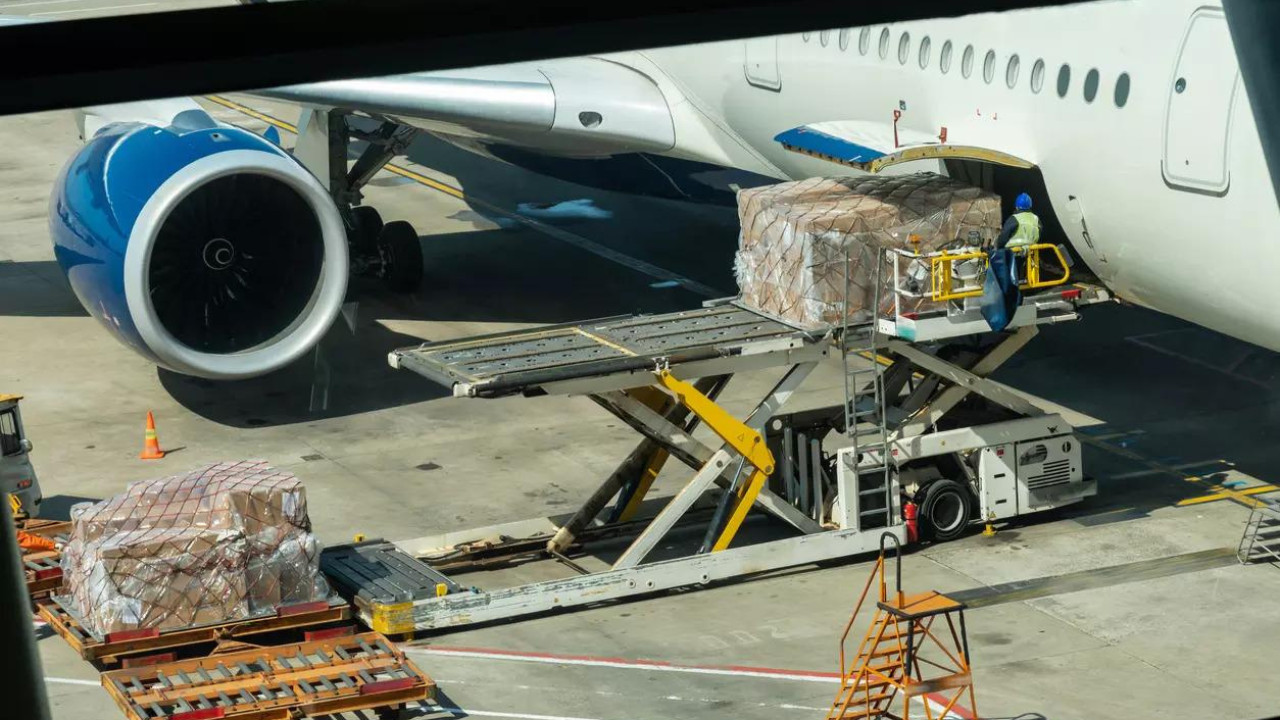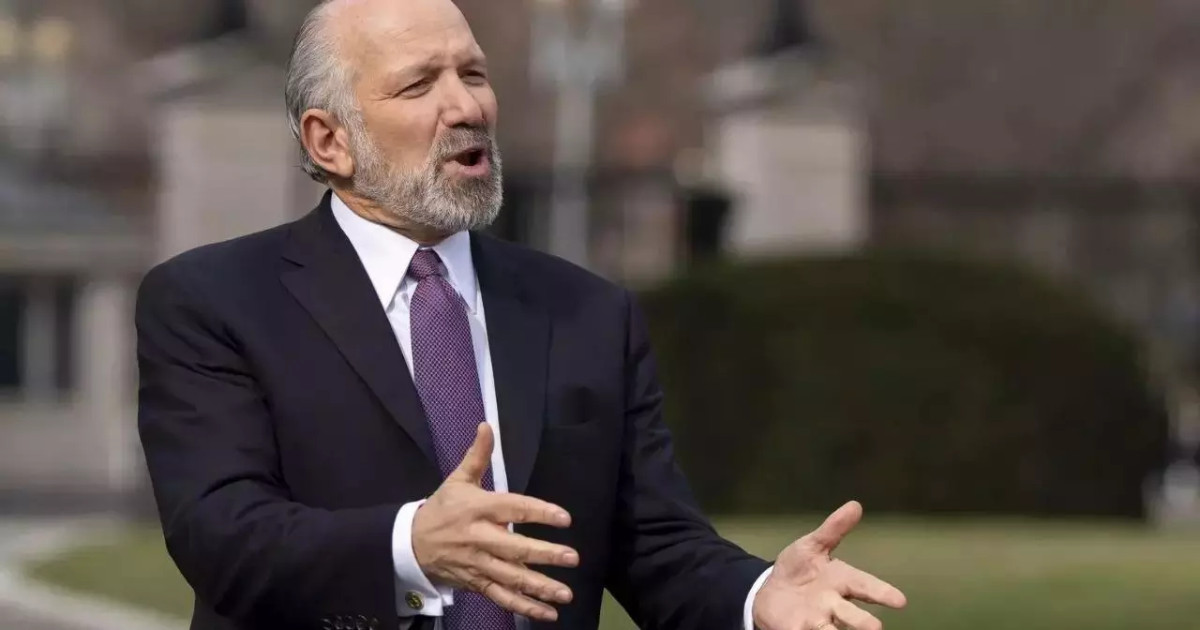The United States and China have initiated trade discussions in Madrid, addressing economic issues and the ongoing TikTok dispute. Both countries aim to navigate their complex relationship amid lingering trade tensions marked by tariffs and disrupted supply chains. The talks seek to de-escalate tensions and find resolutions through dialogue, with the TikTok deadline adding urgency.
Navigating the Tightrope: US-China Trade Talks in Madrid
The air in Madrid crackled with anticipation. Not the kind you find before a bullfight, but something arguably more consequential: high-stakes trade negotiations between the United States and China. Representatives from the world’s two largest economies convened recently, not for pleasantries, but to grapple with issues that ripple far beyond their borders. Think tariffs, tech, and the tightrope walk of global economic stability.
What was on the table? More than just dollars and cents. This meeting was about redefining the relationship between two powers whose interests are often intertwined, yet increasingly divergent. It was a chance to address simmering tensions and, perhaps, chart a course toward calmer waters. The elephant in the room, of course, was the existing regime of tariffs.
Tariffs: A Sticking Point in US-China Trade
The tariffs, imposed during the previous administration, have become a significant pain point. They’ve disrupted supply chains, inflated consumer prices, and created an atmosphere of uncertainty for businesses on both sides of the Pacific. While some in the US argue that these tariffs are a necessary tool to level the playing field and protect American industries, others contend that they ultimately hurt American consumers and stifle economic growth. China, naturally, feels similarly. Removing or reducing these tariffs is a complex calculus, balancing economic pragmatism with political considerations. The discussion likely involved assessing the impact of existing tariffs and exploring potential pathways for phased reductions.
Beyond Tariffs: TikTok and the Tech Tug-of-War
The discussions weren’t solely about tariffs. The rise of Chinese tech companies, particularly TikTok, has added another layer of complexity to the US-China relationship. Concerns about data security and potential censorship have led to increased scrutiny and even calls for outright bans in the US. This isn’t just about one app; it reflects a broader anxiety about the growing technological prowess of China and its potential implications for national security.
The US has taken a firm stance on ensuring that foreign-owned apps operating within its borders adhere to strict data privacy standards. For China, the restrictions on its tech companies feel like an attempt to stifle its innovation and global competitiveness. Expect tough negotiations on this front, with both sides vying for a position of strength. This area is also connected to ongoing issues with intellectual property, and the need for fair trade practices. It’s more than just the popularity of one social media app; it’s a fundamental clash of approaches to technology and governance. We covered the topic of data privacy in a related blog post which might interest you.
The Global Ripple Effect
The stakes extend far beyond the negotiating table in Madrid. The outcome of these talks will reverberate throughout the global economy. Businesses worldwide are closely watching, eager to see whether the US and China can find common ground and foster a more stable and predictable trade environment. A positive outcome could boost global confidence and unlock new opportunities for economic growth. Conversely, a failure to reach an agreement could exacerbate existing tensions and lead to further economic disruption.
Finding a Path Forward
While the challenges are significant, there’s also a clear incentive for both sides to find a path forward. The US and China are deeply intertwined economically, and neither can afford a prolonged trade war. The key will be finding areas of mutual benefit and building trust through concrete actions. This means being willing to compromise, address legitimate concerns, and prioritize long-term stability over short-term gains.
The meetings in Madrid were just one step in a long and complex process. But they represented a crucial opportunity to de-escalate tensions and chart a more constructive course for the US-China relationship. The world is watching, hoping that these two global giants can find a way to navigate the tightrope and work together toward a more prosperous and stable future. Ultimately, the success of these US-China trade talks hinges on the ability of both sides to recognize their shared interests and commit to a collaborative approach.







